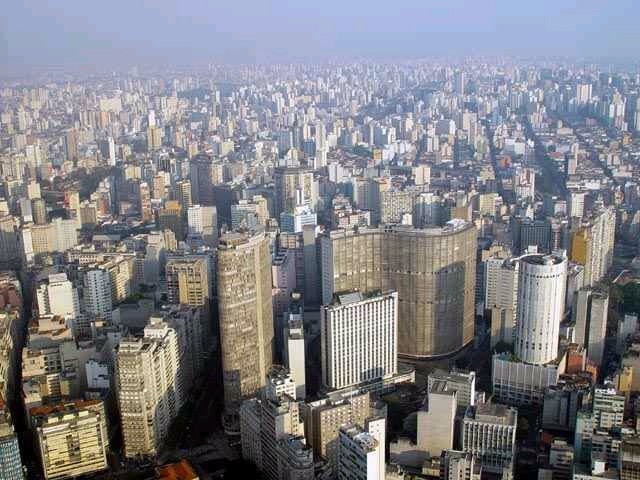Driving around the south, west, and near east parts of Las Vegas, I see an incredible number of shopping centers. Mostly strip malls, but not rinky-dink strip malls, and not with empty parking lots. The only stores I entered were Trader Joe’s and Whole Foods, both packed. How can Las Vegas support so much shopping?
Las Vegas Chinatown, centered around a few mega-strip malls, is pretty impressive, spread along several (very long) blocks along Spring Mountain Road.
Commercial Center, a cluster of old and presumably low-rent strip malls, appears to be the place for off-strip dining (I didn’t actually try anyplace in Chinatown, though I would have made an opportunity to try Satay had I seen a just-published review). The last time in Las Vegas (2002) I had a very good meal at Lotus of Siam, one of the few places I’ve encountered that sort of listens to requests for very hot food. I forgot the name and returned to Komol instead (across the parking lot), which was passable. Nearby India Palace provided a passable Dosa (their ad said “We Have Dosa!”)
I didn’t notice solar panels on any buildings despite the ideal climate for solar power. I conjecture that solar power is still not economical anywhere and perhaps Nevada offers fewer subsidies and Nevada residents are less interested in appearing green than California and Californians. Did I look in the wrong places?
Why does anyone play slots? What could be more boring? The people playing don’t look like they’re having fun (many of the people playing games with cards look like they are).
I think I read somewhere that the Cirque du Soleil is the Starbucks of performance. Seems apt. Five permanent shows running in Las Vegas, not counting imitators.
The Las Vegas Art Museum looks worth visiting, or will be by the next time I visit the area (which could be years). It appears they decided to be a contemporary museum last year. The current location shared with the Sahara West Library is nice. Unfortunately I only noticed on the way out of town and didn’t have time to look in.
Death Valley is really neat and not at all crowded. If I look funny in the picture below I assure you it is only due to the extra 86 meters of atmosphere on top of me.

I immediately recognized Trona as the armpit of California. Turns out it’s the armpit of America. Marvel at the sight and especially the smell. Well worth a pitstop on the way out of Death Valley.


